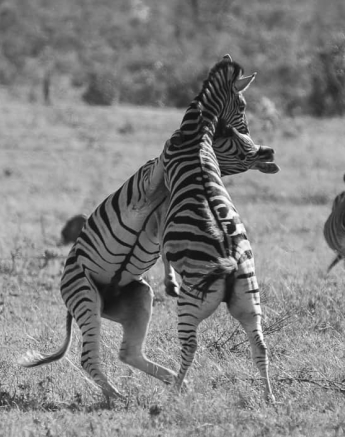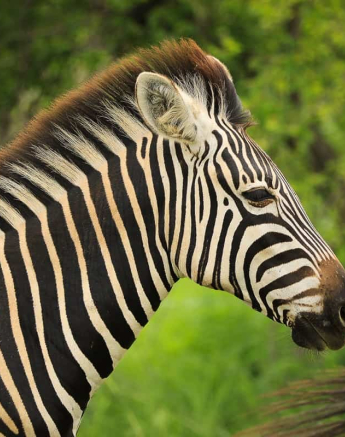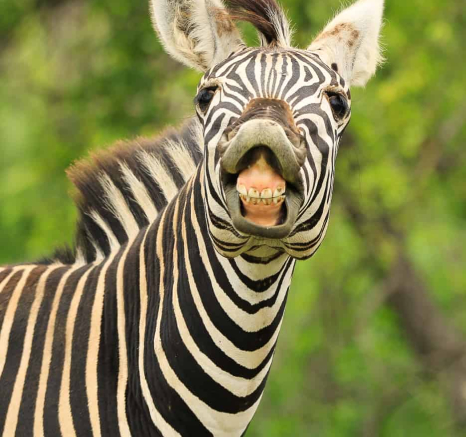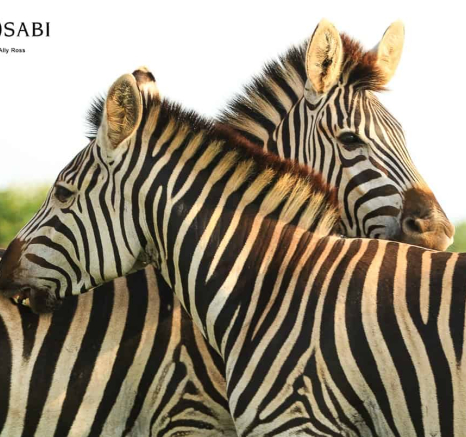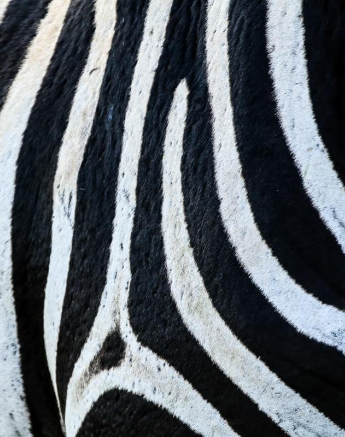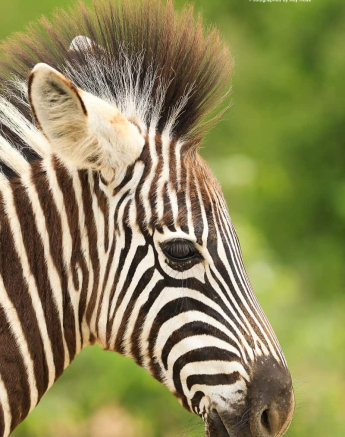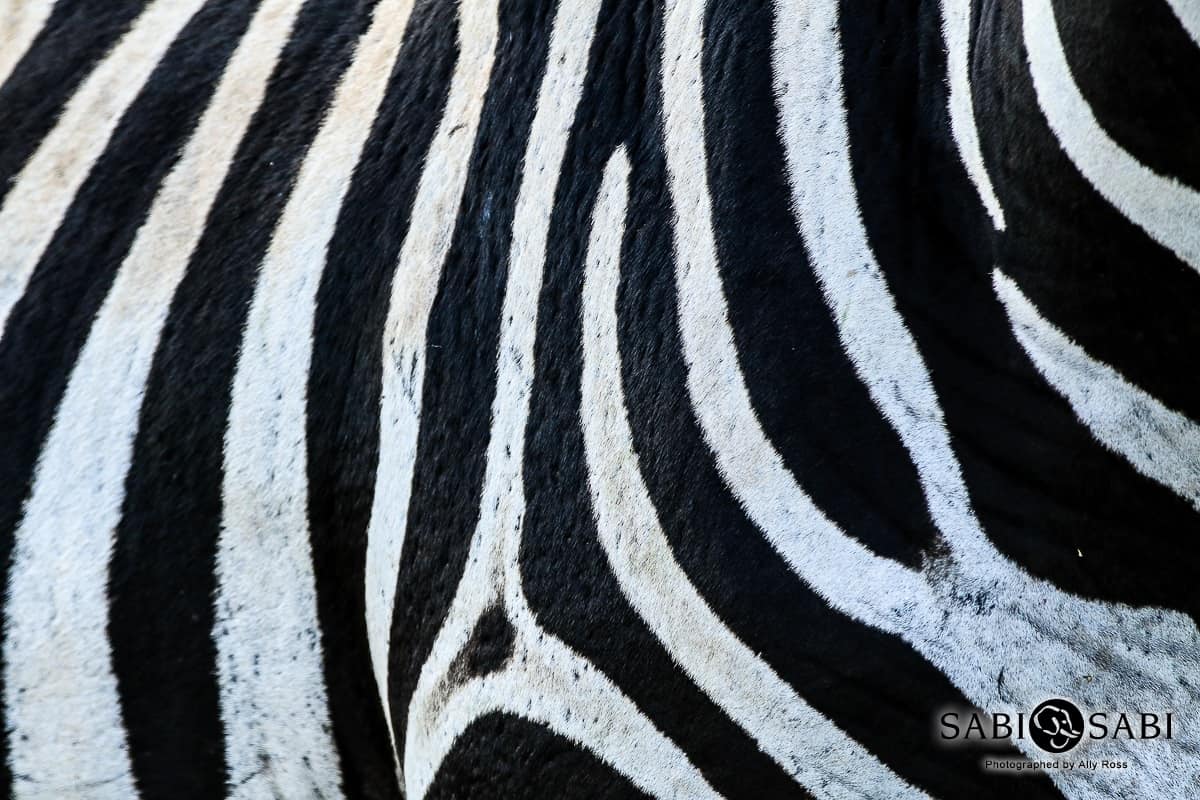Zebra
on Feb 01, 2019Species name: Burchell’s Zebra
Scientific name: Equus Nurchelli
Weight: Males and females - Up to 320kgs
Shoulder height: Males and females – 1.35m
General habitat: Burchell’s Zebra enjoy open woodland, scrub and grassland. Their home ranges have been recorded in the Kruger National Park at 110-220km².
Diet: Zebras are grazers. They are found to occasionally browse. They also enjoy herbs and burnt twigs of Mopane and Kiaat trees.
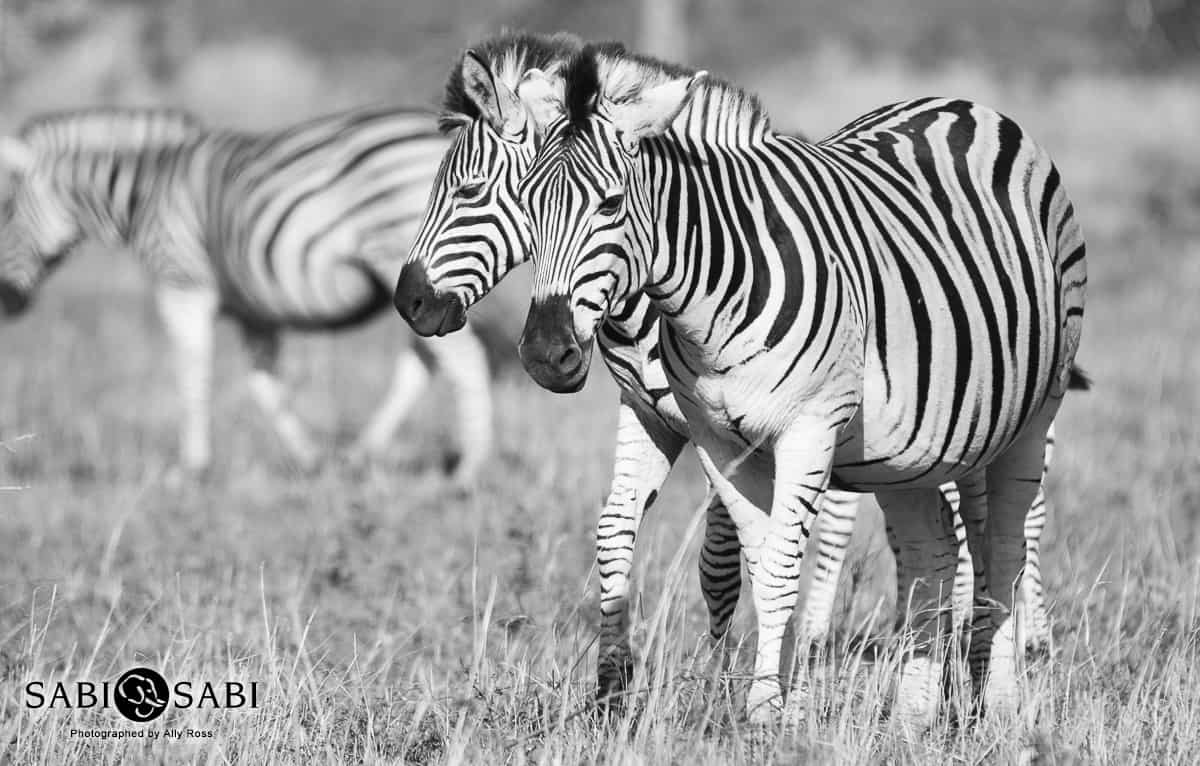
I think the one statement that is often passed on safari is “they look just like horses!” Although they may look the same, Zebras have very different temperaments to horses. They’re far more aggressive and a lot more dangerous. Zebras have been known to kick each other to death and there are even many accounts of zebras killing lions in the attempt to defend themselves. Zebras are closely related to horses but they’re not the same species. They’re in the same family, called Equidae.
Now the burning question is, are these “stripped horses” black with white stripes? Or white with black stripes??
Zebras are black with white stripes!
Theory has it that if we have a closer look at zebras, we will notice that some of them lack stripes on the belly, in which case the fur is white, so we used to think that zebras were white with black stripes. Recent research, looking at embryological evidence, has shown that a zebra’s underlying colour is actually black and it’s the white that’s added on top. These stripes aid zebras when fleeing from predators. Their stripes cause mass confusion when they flee simultaneously. Mothers and foals flee together as the stallions bring up the rear end, thus creating a screen for individual’s escape. It has been said that the blur, which is referred to as disruptive coloration, makes it difficult for the predator to single out an individual. Although predators do manage to catch zebras successfully, this defense technique really depends on the individual being a part of the fleeing unit.
Zebras are gregarious animals and can congregate in herds of up to 1000 individuals! Generally, they are found living in family groups of between 5 – 20 individuals that consist of one stallion, a few mares and their young ones. Within mass herd congregations these basic family groups stay together even when they do congregate into large herds and can stay within the family group for many years. If one of the family members/groups ever goes astray and is lost, the rest of the group will spend many days looking for it. If a member of the group becomes sick or is injured, the rest of the group will adjust its pace to accommodate for the individual lagging behind.
These very special family ties are maintained by mutual grooming. Zebras will use their lips and teeth to nibble along the neck, shoulder and back of the other individual. Most grooming partners tend to be friendly mares, mares and their foals as well as siblings. This social grooming also helps ease the aggression and tension within the group as well as affirms social status between individuals.
How interesting is this?
Theory has it that a zebra’s stripy coat can disperse more than 70% of incoming heat, which prevents the animal from overheating in the harsh African sun. This is because air moves at different speeds over light-absorbing black stripes and light-reflecting white stripes, so the zebra creates its own cooling air currents.
Recent studies have also suggested that a zebra’s stripes may have evolved to keep biting insects at bay. It would seem that the monochrome pattern seems to throw off the visual systems of flies.
My Memorable Sighting
My guests were desperate to see zebra before they left and unfortunately, we had only had sightings where there was poor visual, deep into the bush. My tracker and I decided we would try our luck on one of the big open plains at Sabi Sabi and it was as though it was written in the stars because when we pulled up to the waterhole, a massive herd of zebra, accompanied by a large herd of wildebeest, were making their way straight to the water. We turned off the vehicle and enjoyed the sounds of the zebras and wildebeest and they made their way towards us.
We were privileged enough to watch the interactions of mothers and their suckling calves, young males challenging enough other, asserting their dominance. The entire scene was so peaceful that we landed up spending 45 minutes there before returning to the lodge, which taught both myself and my guests that these special moments can also be shared with animals outside of the Big 5 category.
Photo Content
